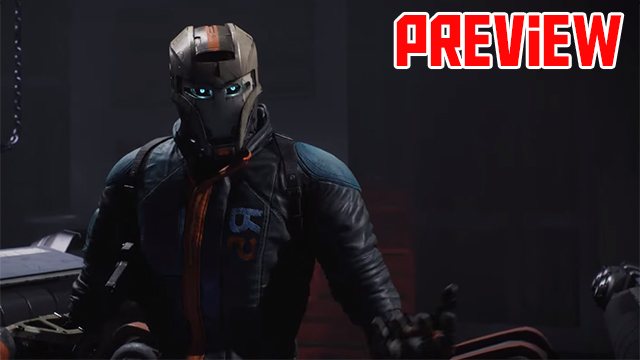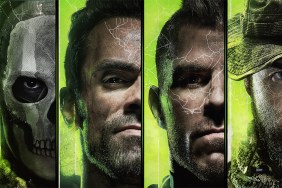Multiplayer is a ruthless arena where people tend to stick to their small familiar pool of online games. And newcomers need to either stick out or best any game in a player’s cycle; both of which are tough propositions. It’s like a battle royale full of a lot of battle royales. While it remains to be seen if Disintegration’s quality will overtake…

Atlas is an action-rpg with rogue-like elements where you use your ability to control the ground to fight the enemies and move through procedurally generated worlds.










